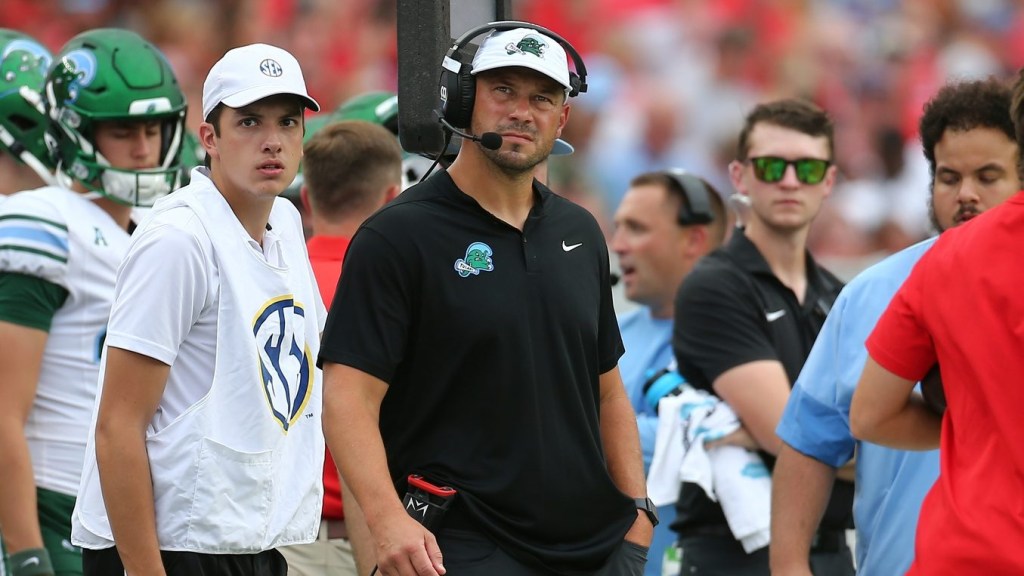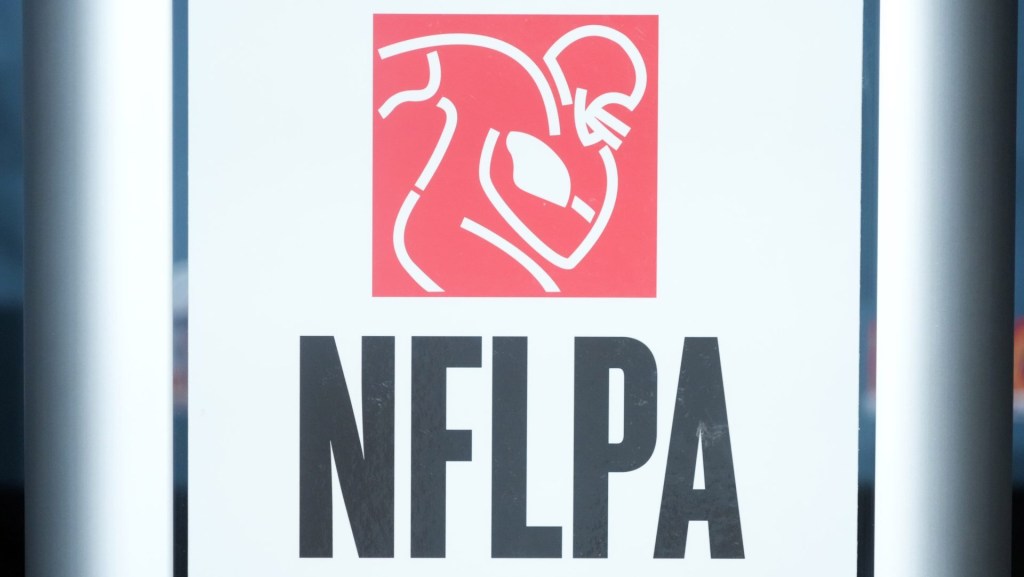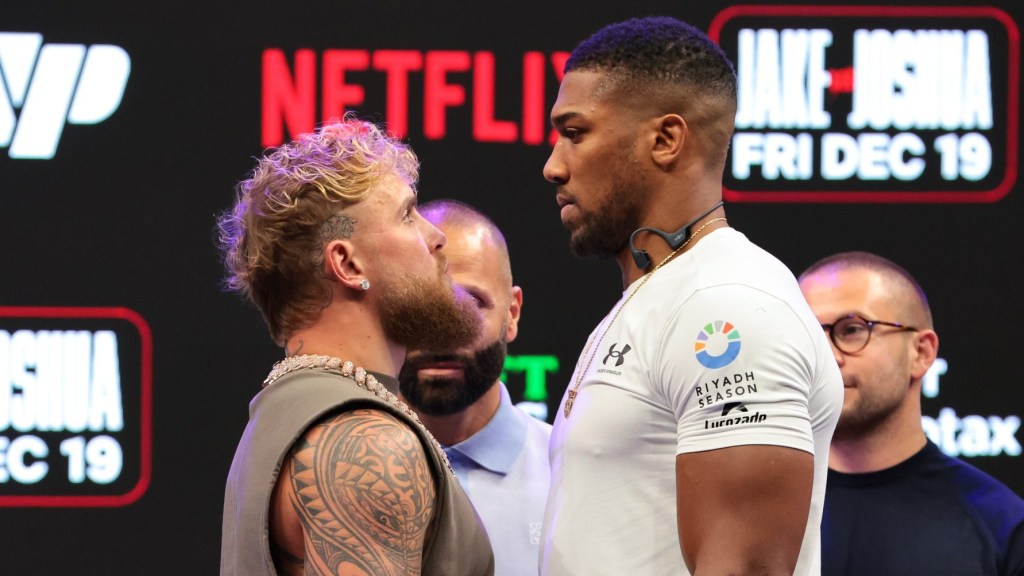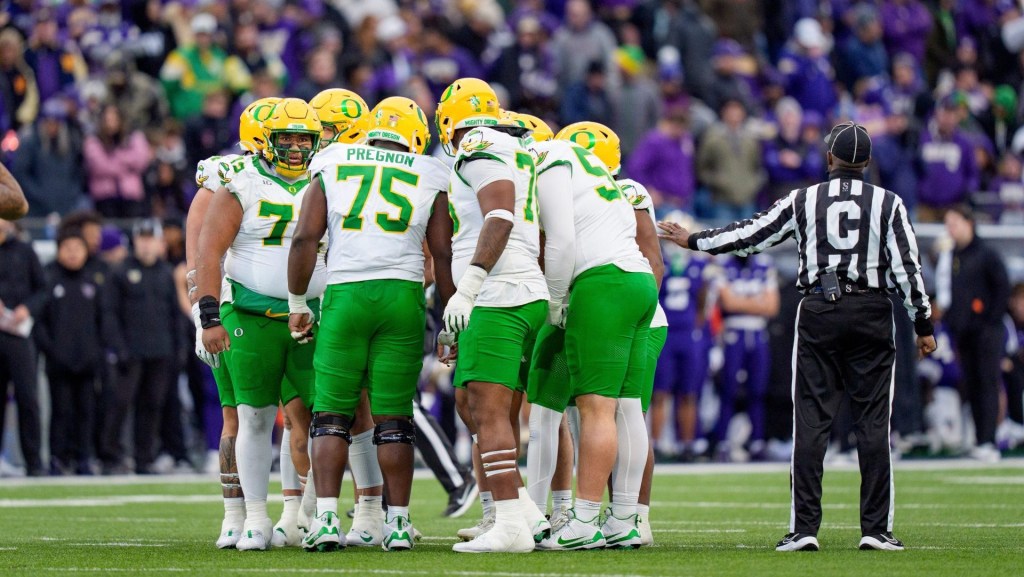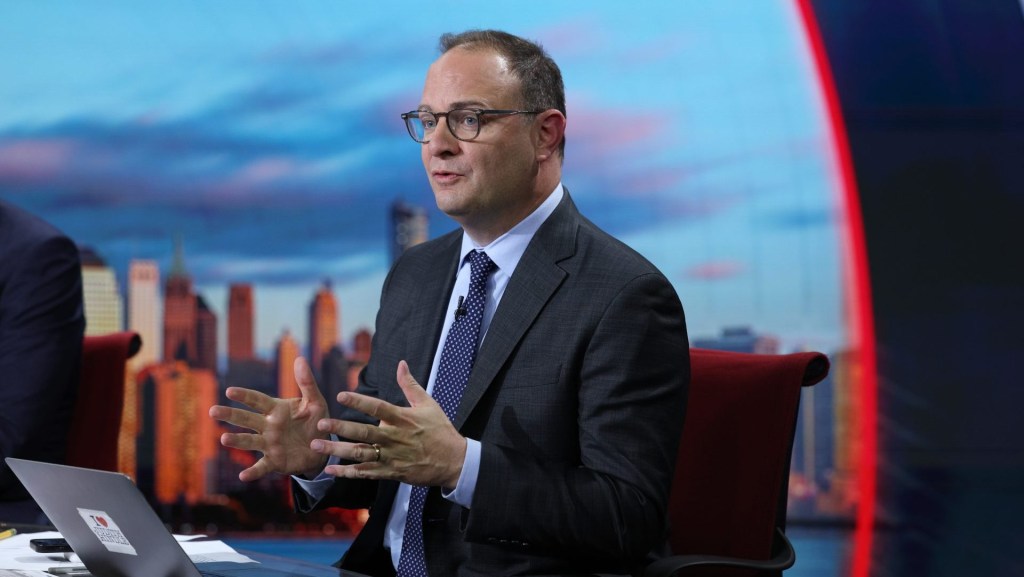Many on the internet were fooled Monday by a viral tweet from a crypto Twitter account (@unusual_whales) that declared, “BREAKING: Robert F. Kennedy Jr has announced plans to ban pharmaceutical advertisements on television.” Those fooled included Republican Senator Josh Hawley, who retweeted it and added, “Great idea.”
Kennedy, the Trump administration’s Secretary of Health and Human Services, made no such announcement. But the premise behind the fake tweet was not so fake: He repeatedly said on the 2024 presidential campaign trail he’d like to ban pharmaceutical ads on TV. At an event in Arizona before the 2024 presidential election, when Kennedy was no longer a candidate, he told the crowd: “One of the things I’m going to advise Donald Trump to do in order to correct the chronic disease epidemic is to ban pharmaceutical advertising on TV.”
It wouldn’t be the first effort to restrict drug ads. And while it’s unclear whether a ban could even be pushed through (the FDA has faced setbacks when it previously tried to restrict the promotion of drugs) the potential impact could have stark financial implications, especially for TV networks that get significant revenue from running pharmaceutical ads.
But it might not be as dire as some fear—especially for networks with live sports.
In a Bank of America note Tuesday about Fox, analysts estimated that pharmaceutical ads represent a “low-single-digit percentage of total revenues at Fox, which likely implies mid-to-high single digit percentage of advertising.” (Fox’s ad revenue in fiscal Q2 2025 was $2.4 billion, boosted by political advertising during an election cycle.)
The analysts, who raised their fiscal third-quarter revenue estimate for Fox, cite “recent press speculation” that the Trump administration may ban pharma advertising on TV, but see the “potential impact to Fox as manageable.”
For one, no one knows how long it would take to implement a ban or what the scope of a ban would look like; would it include ads for all drugs or only certain kinds? And when it comes to Fox in particular, the analysts wrote, “with certain content, such as the NFL, demand still outstrips supply, and there will likely be willing buyers to take some of this inventory should it become available.”
The NFL dominates live television and is a huge boon for ad sales. In non-election/Olympic years, the league has had as many 93 of the top 100 most-watched U.S. broadcasts; even last year, an election and Olympics year, that number was 70. The 2024 season averaged 17.5 million viewers per game across all networks, which was down 2.2% from a year ago but still far bigger than what any other program gets, sports or otherwise.
In 2021, the NFL signed new media rights agreements with Fox, CBS, NBC, ESPN and Amazon collectively worth about $110 billion over 11 years, nearly doubling the value of its previous contracts.
Advertising and TV network executives are keeping an eye on the chatter around a pharma ad ban. Fox CFO Steve Tomsic was asked about the possibility of a ban in December at the UBS Global Media and Communications Conference. “Is it a concern? We shouldn’t be flippant about it,” he said. Fox was “prepared to be proven otherwise, but it is going to be unlikely to be a blanket ban of all pharma.”
Pharma Spends Big
Pharmaceutical companies spent $3.4 billion on national linear TV advertising in the first half of 2024. The numbers sound big but analysts say cutting pharma ads would have minimal impact on networks’ bottom lines. “There is certainly concern among all companies over potentially losing an advertising category—and when it’s as significant as pharma, you have to replace it with something else,” Naveen Sarma, managing director and U.S. media sector lead at S&P Global Ratings, tells Front Office Sports.
Media companies—including those that own rights to broadcast NFL games—have varying degrees of exposure to advertising, let alone to pharmaceutical advertising. “Fox is the pure linear TV business, so it doesn’t have the diversity other companies do,” says Sarma. “If you think about Comcast with NBC, or Disney with ESPN, or Paramount with CBS, the share of advertising is a smaller number than Fox.” Those companies are more diversified—they have theme parks and other non-TV assets—so the overall impact would be lower.
Sarma says networks that carry live sports can probably easily replace lost pharma ads. “My guess is they’ll be able to resell that pretty quickly. But are they willing to pay the same price as pharma pays?” he says.
A bigger issue for networks would be losing those ads on news programs. (Pharmaceutical companies target older demographics, who like to watch the news.) According to data from iSpot.tv, drug ads were most commonly seen on cable news, re-runs of popular dramas and game shows, and special event programming. “ABC World News Tonight” held the largest share of drug brand TV ad impressions, followed by “Good Morning America” and “NBC Nightly News.”
TV networks have bigger problems to face.
“I’m far more concerned about ongoing cord-cutting, macroeconomic weakness that could reduce overall ad budgets, viewership, and Fox-specific issues it has had with advertisers due to controversies and political polarization in the past,” Morningstar analyst Matt Dolgin tells FOS.
Movement on any of those factors would mean more for Fox’s ad sales than a pharma ad ban.


